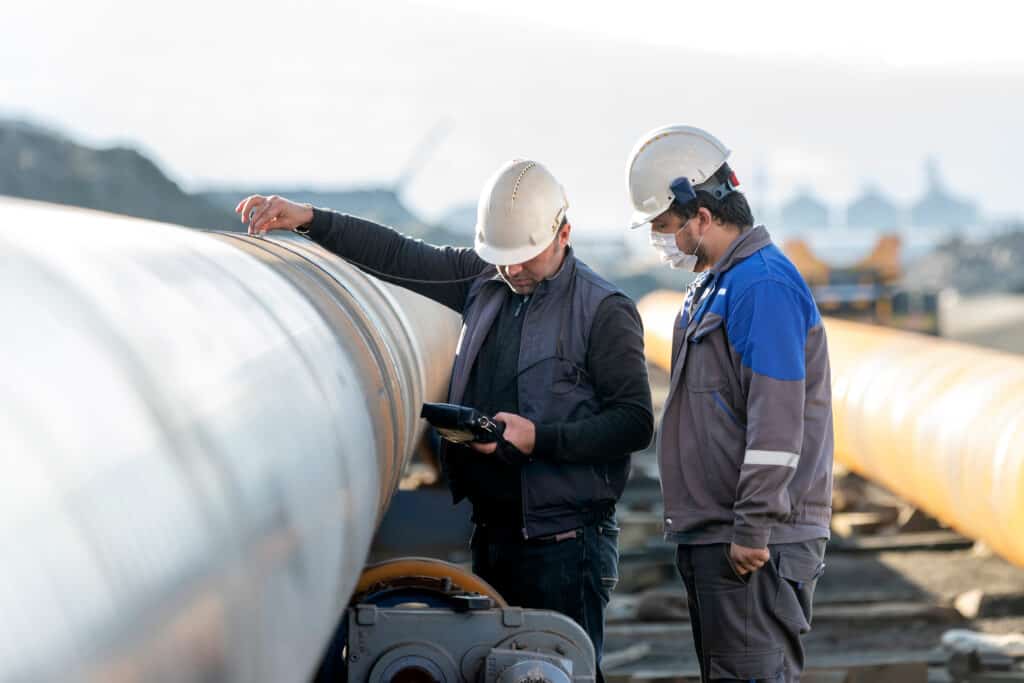Major opposition to pipelines is often based on safety concerns, primarily about the potential for leaks. Unfortunately, leaks do occur, but a study by the Fraser Institute concluded that “pipelines are without a doubt the safest way to transport oil and gas.”
According to the study, in every year from 2003 to 2013, pipelines experienced fewer incidents per million barrels of oil equivalent transported than did rail. “Overall in this period, rail experienced 0.227 occurrences per million barrels of oil equivalent transported compared to 0.049 for pipelines.”
Since 2013 data has shown that 99.999 per cent of petroleum products transported in pipelines makes it safely to their destination. But the industry is not resting on its laurels. That .001 per cent is unacceptable, and standards are constantly improving as the industry strives for zero incidents.
Three reasons why pipelines are the safest way to transport oil and gas
-
- Pipelines are custom-built to carry oil and gas, unlike other transportation methods such as rail.
- Pipeline operators use state-of-the-art technology and stringent best practices to protect the integrity of their pipelines at every stage, from planning and design, through construction and operation to retirement.
- Pipeline operators have ongoing integrity management programs that help identify and locate potential leaks before they happen.
It’s worth noting that the 99.999 per cent safety rate includes all existing pipelines. The sophisticated materials and technologies used to lay pipelines today are of the highest quality and incorporate more monitoring and safety features, ensuring consistent improvement in that safety rate. Natural gas pipelines have achieved a safe product transportation rate as high as 99.999997 per cent.
Pipeline regulation in Canada
The Federal Government’s Pipeline and Hazardous Material Safety Administration exists to regulate, inspect and audit pipeline companies. The agency also regulates alternatives to pipelines where the spill rates and incidents are far higher than pipelines.
Canada has one of the most stringently regulated pipeline industries in the world, making our pipeline system world class in terms of safety and sustainability.
So what does the future hold for pipelines? According to Rick Tofani, Executive Director of Energy Connections Canada, “some of the keys to our energy future; hydrogen, CO2, renewable fuels, ammonia – and yes WATER – all need to be moved efficiently and with the lowest occurrence of greenhouse gases. This will not occur in any other transportation mode, except pipelines, which are also the safest and most economical way to do so.”
Pipeline critics have every reason, and every right, to watch pipelines under a microscope to ensure safety and the environment are protected. But it is equally important to zoom out and acknowledge how pipelines play, safely and economically, into the broader picture of the community, economy and climate.
In parts one and two of this blog series, we reviewed the current state of the pipeline industry, and six ways pipelines are supporting the development of renewable energy. Next week we will be exploring the technology and innovation that make Canadian pipelines among the safest and most sustainable in the world.




